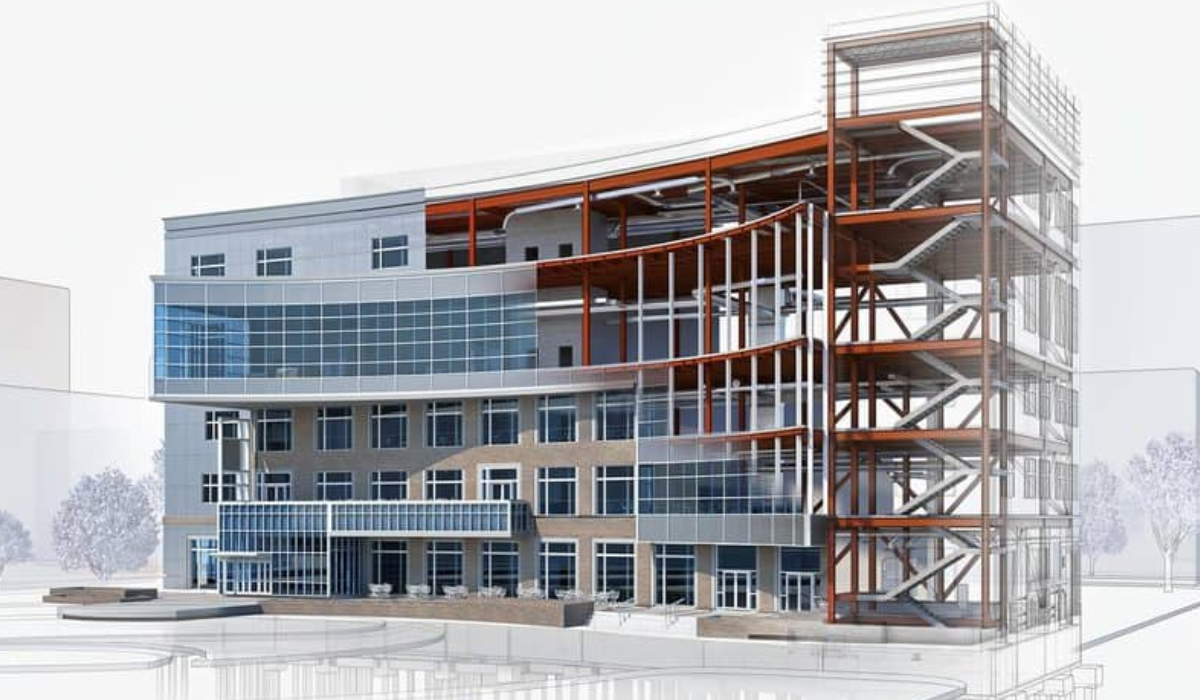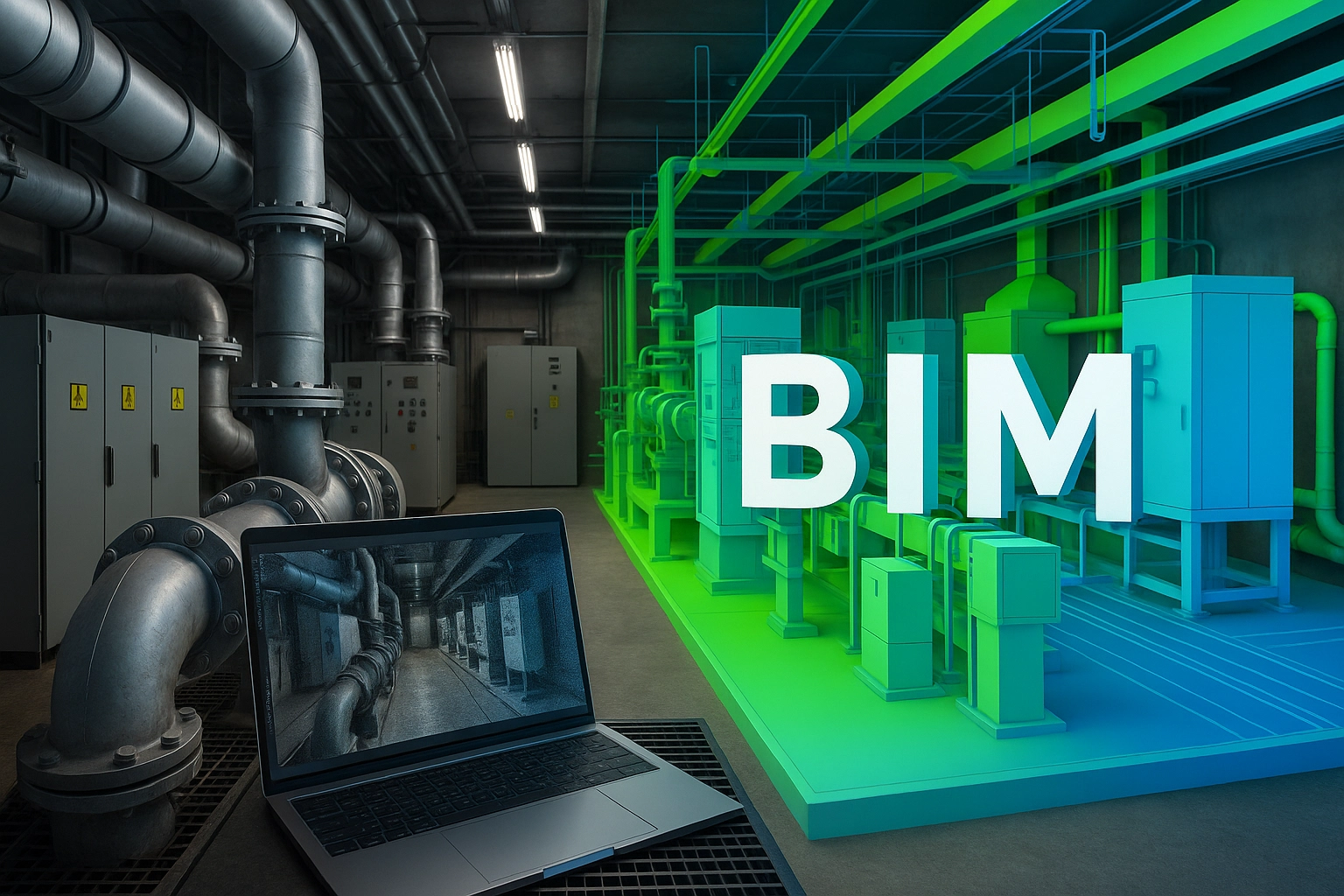Transforming ConstructionThe Role of Digital Twins in Building Information Modeling (BIM)
In the world of construction, innovation, and technology are playing an increasingly important role in process optimization and efficiency improvement. One of the most significant advancements in this field is the adoption of Digital Twins in Building Information Modeling (BIM), a trend that is transforming the way construction projects are planned, designed, and executed.
What is Building Information Modeling (BIM)?
Building Information Modeling (BIM) is a methodology that involves the creation and use of three-dimensional digital models of buildings and structures. These models are not just visual representations; they contain data-rich information about every component of the project, from walls and ceilings to electrical and plumbing systems.
BIM enables construction professionals to collaborate more effectively, reduce errors, and make informed decisions at all stages of the project, from planning to operation and maintenance.

The Integration of Digital Twins into BIM
Digital Twins are virtual replicas of physical assets, in this case, buildings and structures. These digital twins capture real-time data and provide an accurate representation of how assets will behave and function once built. When Digital Twins are integrated into the BIM environment, a significant advantage is gained in the planning and execution of construction projects.
Benefits of Integrating Digital Twins into BIM
1. Early Problem Detection: Digital Twins allow for the simulation of situations and the detection of potential problems before they occur in the real world. This includes identifying possible design conflicts or construction issues that could be costly to correct later on.
2. Maintenance Optimization: Once construction is complete, the Digital Twin remains valuable. It facilitates predictive maintenance by providing real-time information about the condition of assets. This allows for efficient maintenance scheduling and prevents unplanned disruptions.
3. Improved Energy Efficiency: Digital Twins can simulate and analyze the energy performance of a building, allowing adjustments to improve energy efficiency and reduce operational costs.
4. Enhanced Collaboration: The integration of Digital Twins into BIM encourages greater collaboration among all parties involved in a construction project. This reduces errors and speeds up decision-making, leading to more efficient projects.
In summary, the integration of Digital Twins into Building Information Modeling (BIM) is revolutionizing the construction industry by providing a real-time and accurate view of projects. This not only enhances planning and construction efficiency but also optimizes the maintenance and operation of assets once they are completed. This combination of technologies is transforming construction and paving the way for a future of smarter and more sustainable projects.
JOIN THE NEW REALITY!



